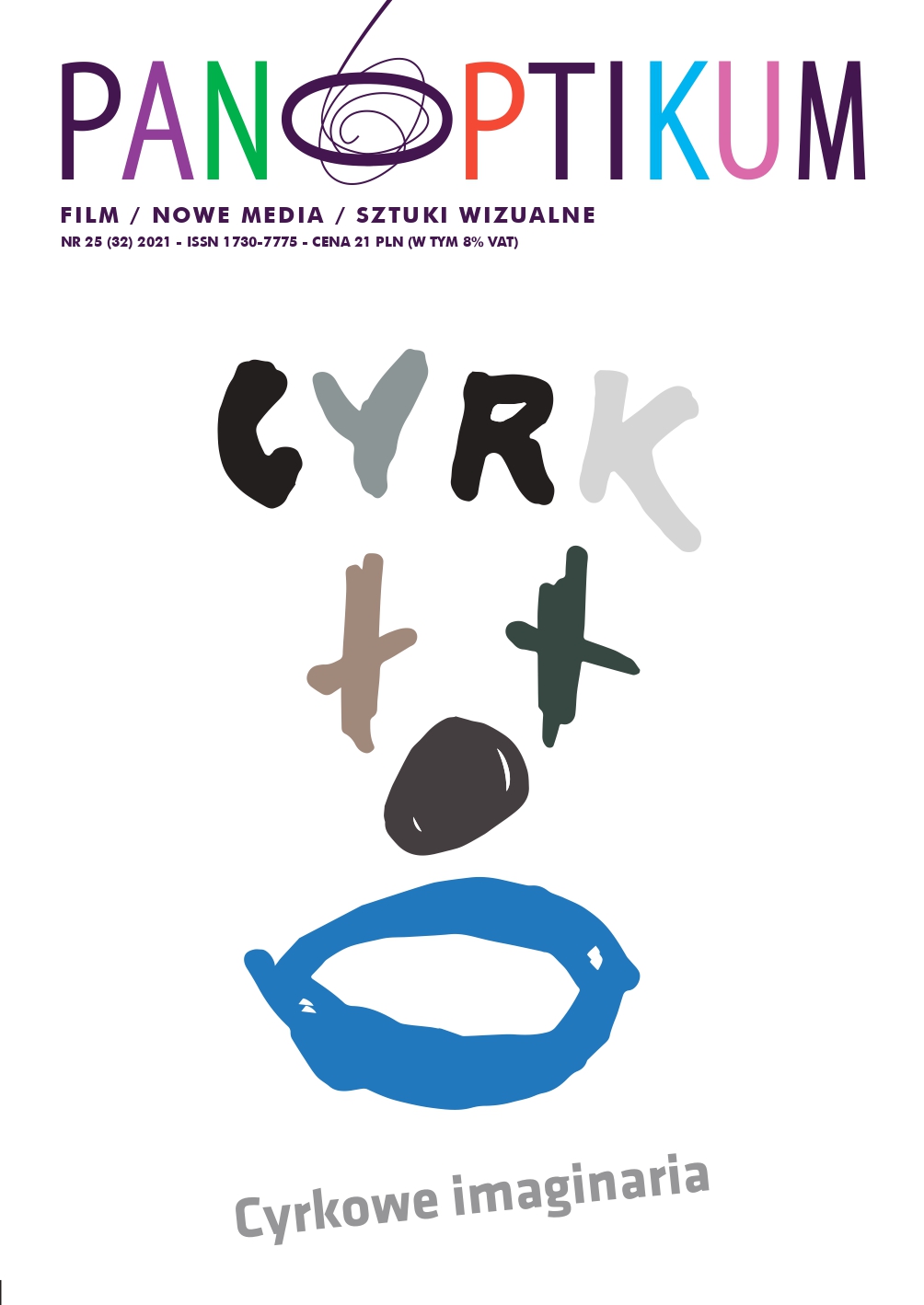“Żałuję, że nie urodziłem się niedźwiedziem”. Park Tańczących Niedźwiedzi w Bułgarii
DOI:
https://doi.org/10.26881/pan.2021.25.06Słowa kluczowe:
Dancing Bears Park, bear-dancing, Roma people, transformation, BulgariaAbstrakt
Dancing Bears Park in Belica, Bulgaria houses bears which were traditionally used by the Roma people for dancing performances across the country. This paper focuses on the narratives generated by the Park itself and the journalists writing about it. The work presents and analyzes two narratives, subordinated to the overarching discourse of transformation and focused on the Dancing Bears Park. In one of them, produced by the institution itself, the image of the Park as a refuge for animals harmed by humans dominates. The second narrative, produced mainly by cultural texts about the Park, situates the practice of bear-dancing, which is a problem and source of shame, in the context of the social positioning and attitude of Bulgarians towards the Roma living in Bulgaria. Our research is based on the method of critical discourse analysis, methodological approach associated mainly with the person of Teun van Dijk.
Downloads
Bibliografia
Abrell, E. (2017). Introduction: Interrogating Captive Freedom: The Possibilities and Limits of Animal Sanctuaries. https://ro.uow.edu.au/cgi/viewcontent.cgi?article=1318&context=asj (dostęp: 30.01.2021).
Creel, G.W. (2011). Masquerade and Postsocialism. Ritual and Cultural Dispossession in Bulgaria. Bloomington: Indiana University Press. https://repository.library.georgetown. edu/handle/10822/947616 (dostęp: 30.01.2021).
Doyle, C. (2017) Captive Wildlife Sanctuaries: Definition, Ethical Considerations and Public Perception, „Animal Studies Journal”, vol. 6, no. 2. https://ro.uow.edu.au/cgi/view- content.cgi?article=1321&context=asj (dostęp: 7.02.2021).
DeGrazia, D. (2014) Prawa zwierząt. Bardzo krótkie wprowadzenie. Kraków: Wydawnictwo Nomos.
Figes, O. (2018). Dancing Bears. https://twitter.com/orlandofiges/status /1012432844554194945 (dostęp: 5.02.2021).
Георгиева, И. (ред.) (2013). Българска народна митология. София: акад. издателство Марин Дринов.
Jabłońska, B. (2006). Krytyczna analiza dyskursu: refleksje teoretyczno-metodologiczne, „Qualitative Sociology Review”, vol. 2, no. 1, http://www.qualitativesociologyreview.org /PL/archive_pl.php (dostęp: 20.01.2021).
Kiersnowski, R. (1990). Niedźwiedzie i ludzie w dawnych i nowszych czasach. Fakty i mity. Warszawa: Państwowy Instytut Wydawniczy.
Kocój, E. (2015). Zanikająca profesja. Cygańscy niedźwiednicy w Rumunii (Ursari) – historia i metody tresury. „Studia Romologica”, nr 8, http://cejsh.icm.edu.pl/cejsh/element/ bwmeta1.element.cejsh-d8422478-5aec-484d-a7df-9b8cc1b0d032 (dostęp: 1.02.2021).
Marusziakowa, E., Popow, W. (2020). The Bulgarian Gypsies – Searching their Place in the Society, „Balkanologie”, vol. 4, no. 2.
Szabłowski, W. (2018). Tańczące niedźwiedzie. Warszawa: Wydawnictwo Agora.
Von Tünaydın, P. (2013). Pawing through the History of Bear Dancing in Europe, „Fruhneuzeit-Info”, nr 51, http://www.bearconservation.org.uk/Pawing_through_the_His- tory_of_Bear_Danci.pdf (dostęp: 1.02.2021).

 Uniwersyteckie Czasopisma Naukowe
Uniwersyteckie Czasopisma Naukowe









